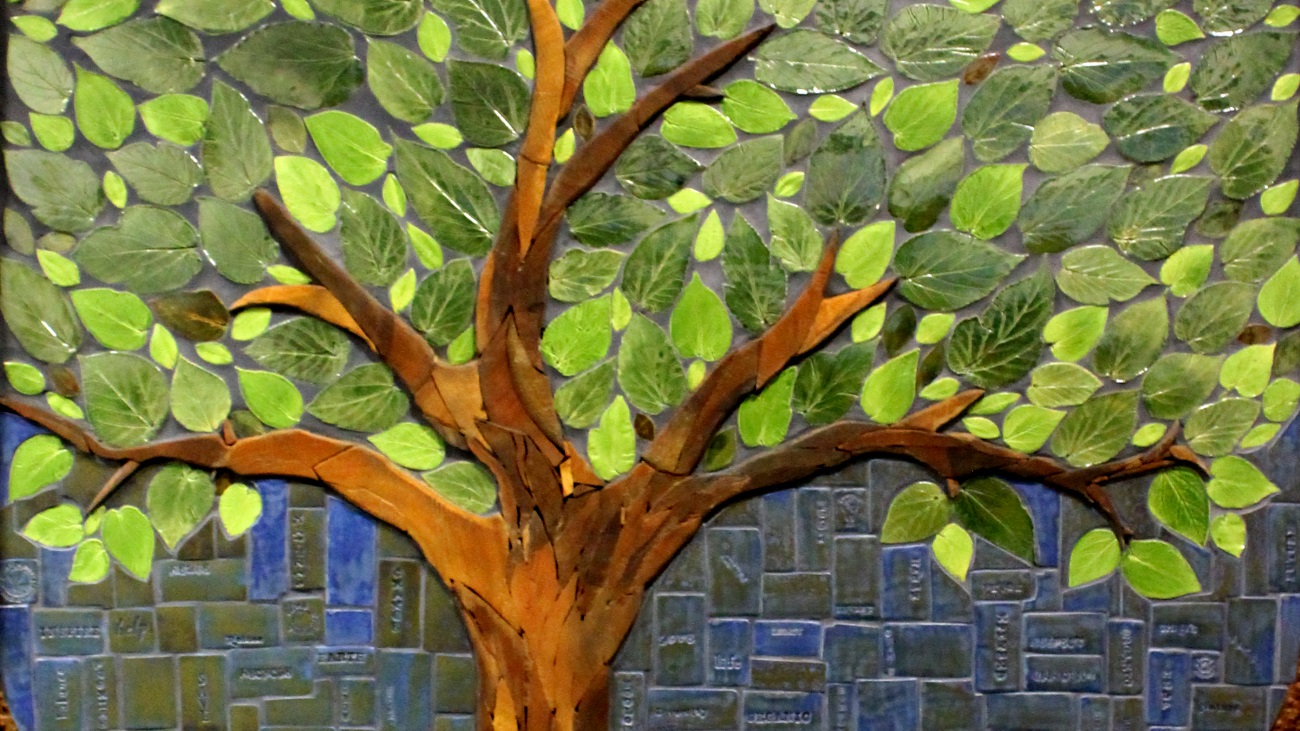Conservation
Conservation of the Earth's natural resources is essential to protecting the environment for this and future generations. To encourage residents and businesses to do their part to conserve our natural resources, Mission Viejo has provided a variety of information, resources, and tips to help you conserve.
Energy Conservation
Tips for Conserving Energy at Home
Energy conservation refers to the steps we take to reduce our energy consumption through simple practices or through the use of energy-efficient products. We can reduce our energy consumption by implementing simple energy-saving practices in our daily lives, such as turning off lights and electronic devices when not in use or washing and drying only full loads of clothes.
Energy conservation can also be achieved through the use of energy-efficient products, such as compact fluorescent lights and Energy Star appliances.
There are a variety of simple steps you can take at home to help save energy throughout the year. These practices will not only save energy but will reduce your utility bill.
- Replace incandescent light bulbs with compact fluorescent lights (CFLs). Making this simple switch saves approximately 75% of the lighting costs.
- Wash only full loads of laundry and use cold water whenever possible. Eighty-five to ninety percent of the energy used to wash clothes in warm/hot water is used to heat the water.
- Plug home electronics into a power strip and turn off the power strip when the equipment is not in use.
- Turn off appliances or lights when not in use.
- When replacing home appliances, look for products that have the Energy Star label. Energy Star appliances meet strict energy efficiency guidelines established by the U. S. Department of Energy and Environmental Protection Agency.
- In summer months, set your thermostat to 78 degrees. Turning up your air conditioning just 5 degrees can result in a 10% savings in energy costs.
- Use ceiling or portable fans to cool your home during the summer months.
For more energy saving information, visit your utility provider's website.
- Energy Star
- Southern California Edison
- San Diego Gas & Electric
- Southern California Gas Company
- MVTV News: Energy-Efficient Homes
Water Conservation
Conserving water is critical in Southern California, where water supply is a constant challenge. To help conserve our most precious resource, the City practices several water conservation strategies, such as the use of reclaimed water, drought-tolerant landscaping, and smart irrigation controllers. Over 500 acres of parks, medians, slopes, and open space are irrigated with reclaimed water—saving the City about 470 million gallons of drinking water per year. To lessen its demand for water, many of the City’s medians and open space are landscaped with drought-tolerant plant material, and the City uses state-of-the-art irrigation technology.
From Where Do We Get Our Water in Mission Viejo?
Water delivered to Mission Viejo is provided by three water districts: Santa Margarita Water District; Moulton Niguel Water District; and El Toro Water District. Most of the water supplied by these three districts is purchased from the Metropolitan Water District of Southern California, which delivers water to the region from Northern California via the State Water Project and from the Colorado River via the Colorado River Aqueduct. Water from both sources is purified and tested at a filtration plant in Yorba Linda to make sure it meets federal drinking water standards. The water is then piped to one of the water districts and delivered to your home.
- Which water district serves my area?
- El Toro Water District
- Moulton Niguel Water District
- Santa Margarita Water District
- Trabuco Canyon Water District
Learn more about our water supply and what you can do to help conserve water:
- saveourwater.com
- bewaterwise.com
- Homeowners' Guide for Water Conservation, Drought-Tolerant Plants and Artificial Turf
- Municipal Water District of Orange County (MWDOC) Rebate Information
Tips for Conserving Water at Home
The water supply in Southern California is a challenge due to our semi-arid environment, unpredictable rainfall, and limited local water resources. As residents, we must do our part to conserve as much water as possible to ensure adequate supplies for years to come. It is important to remember: Using less water on a regular basis will stretch our water supplies, which is why conservation is so necessary. Practicing simple conservation tips at home can save hundreds of gallons of water.
Outside Your Home
- Water your lawn and landscaped areas before 8:00 a.m. or after 6:00 p.m. when wind and evaporation are at a minimum.
- Water your lawn only when it really needs it. If you step on your grass and it springs back, it doesn’t need water, so wait a day and test again.
- When irrigating your landscape, restrict water runoff from driveways and sidewalks by testing your irrigation system at least once a month.
- Apply mulch around plants and trees to reduce evaporation. As an added benefit, mulch reduces weed growth.
- Use a broom and dust pan to clean up patios, driveways, and other hardscape rather than hosing them down. This practice will also keep harmful pollutants out of the storm drain.
- Fix broken or leaky sprinklers immediately to avoid wasting water.
- Replace portions of your grass or water-thirsty plants with drought-tolerant or California native plants.
- The Municipal Water District of Orange County offers rebates for smart irrigation timers, turf removal and more.
Inside Your Home
- Run only full loads in your dishwasher and washing machine. When replacing these appliances consider Energy Star appliances, which use at least 50% less water than older models and also use less energy.
- Don’t leave water running when washing dishes by hand.
- Turn off the faucet while brushing your teeth, and make sure your kids do the same.
- Take shorter showers and install water-saving showerheads.
- Fix leaky faucet or toilets.
- Install low-flush toilets, which can save hundreds of gallons of water per day.

